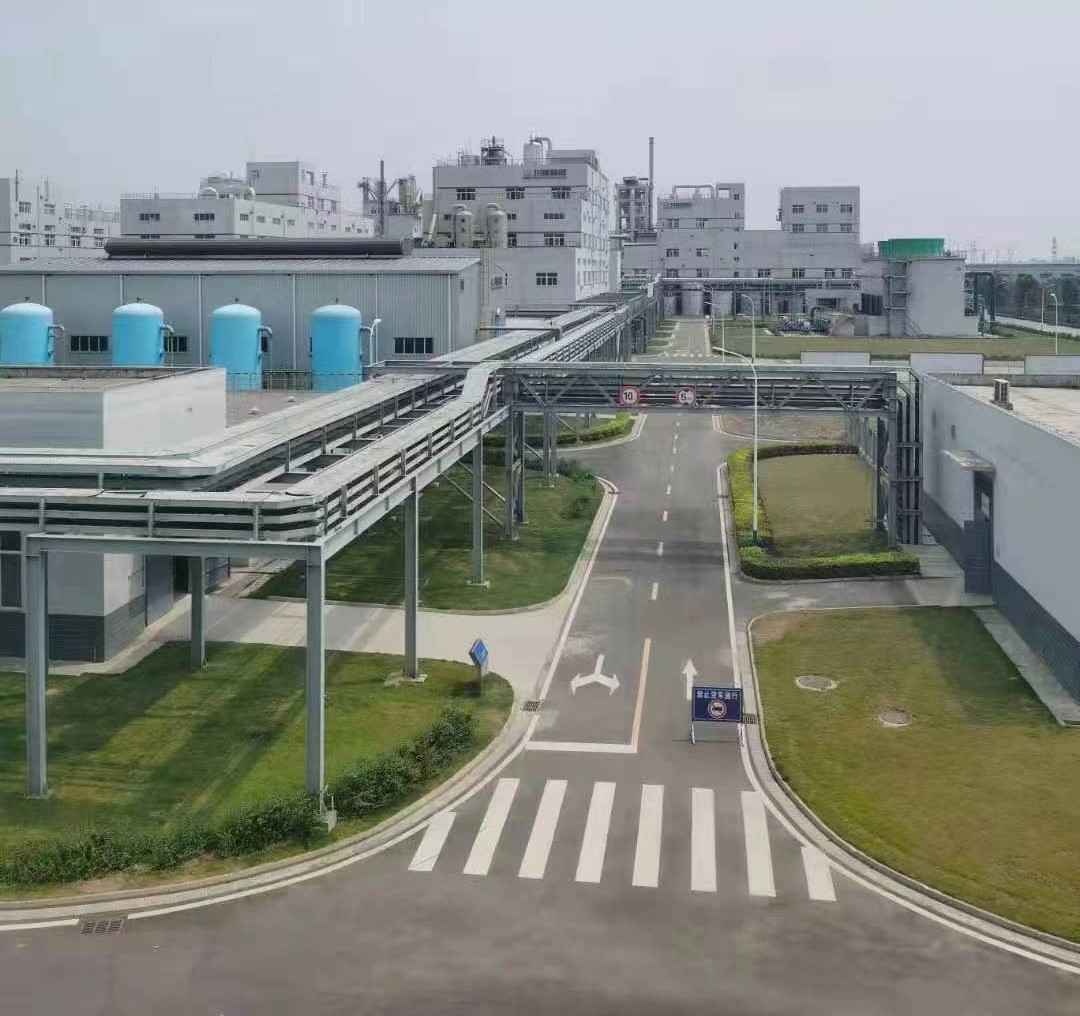June 19 lithium fluoride prices run smoothly
Jun,20,25
Price Quotes
Today, China's industrial grade lithium fluoride (LiF ≥ 99.9%) ex-factory cash quotation including tax is stable, currently ranging from 93600 to 106400 yuan/ton, with an average price of 100000 yuan/ton, unchanged from yesterday.
Today, China's battery-grade lithium fluoride (LiF ≥ 99.95%) ex-factory cash quotation including tax is stable, currently ranging from 116600 to 121000 yuan/ton, with an average price of 118800 yuan/ton, unchanged from yesterday.
Integrated
Today, the lithium fluoride market continues a steady trend, but the contradiction between the upstream and downstream of the industrial chain is still prominent. Upstream raw material end lithium carbonate continued to low shock, superimposed hydrofluoric acid cost conduction is not smooth, resulting in lithium fluoride production cost support is weak. Although some enterprises optimize the utilization rate of raw materials through technological transformation, the weak pattern of lithium carbonate has not been changed, and the loss area of the industry may be further expanded. Downstream demand is clearly differentiated: the power battery sector is cautious in purchasing due to the slowdown in sales growth of new energy vehicles, while the energy storage market has benefited from a surge in overseas orders and a rebound in domestic lithium phosphate production, which has become a bright spot in demand. At the same time, the iteration of solid-state battery technology has accelerated, driving the growth of demand for high-purity lithium fluoride, and low-end production capacity is under pressure to be eliminated. Overall, supply and demand double weak overlay wait-and-see sentiment, market trading light, the industrial chain into a stalemate stage.
raw material market
Raw material end lithium carbonate and hydrofluoric acid continue the "double weak" situation. Lithium carbonate social inventories are high, superimposed on the impact of imported resources, smelter selling pressure has not decreased, the price center continues to move down. The hydrofluoric acid market is affected by the weak price of fluorite and the fall in the cost of sulfuric acid, and the cost support is further weakened, indirectly squeezing the profit margin of lithium fluoride. While overseas lithium projects may ease resource constraints in the medium to long term, there is a lack of upward drive for raw material prices in the short term, and the cost-side suppression of lithium fluoride prices continues. In addition, the tightening of environmental protection policies has led to rising production costs for some enterprises, further weakening the profitability of the industry.
Downstream Market
Downstream demand shows a trend of differentiation. In the field of power batteries, due to the weak willingness of terminal car companies to purchase, orders are concentrated in the head enterprises, and the bargaining power of small and medium-sized manufacturers is weak. In contrast, the energy storage sector has become the core growth point of lithium fluoride demand, supported by the surge in U.S. imports and the rebound in domestic demand for lithium iron phosphate. In terms of technology iteration, the industrialization of solid-state batteries accelerates the increase in demand for high-purity lithium fluoride, forcing enterprises to transform to high-end production capacity. Demand in the traditional electrolytic aluminum sector continued to shrink, while lithium hexafluorophosphate head enterprise orders concentrated, market concentration further increased. Structural demand changes are reshaping the industry landscape, with low-end capacity accelerating.
Aftermarket Forecast
Lithium fluoride prices are expected to remain narrow in the short term. Cost-end lithium carbonate weak difficult to change, hydrofluoric acid profit pressure, cost support is limited. Although the demand side is boosted by the energy storage market, but the power battery field recovery is weak, terminal procurement has not yet significantly rebounded, the market long-short game tends to flatten. Enterprises or by adjusting the pace of production to ease inventory pressure, overlay wait-and-see sentiment is strong, trading activity or continued downturn. We need to be alert to the price disturbances that may be caused by supply-side production reduction signals and sudden policy-side benefits (e. g. new energy vehicle subsidy increase).






